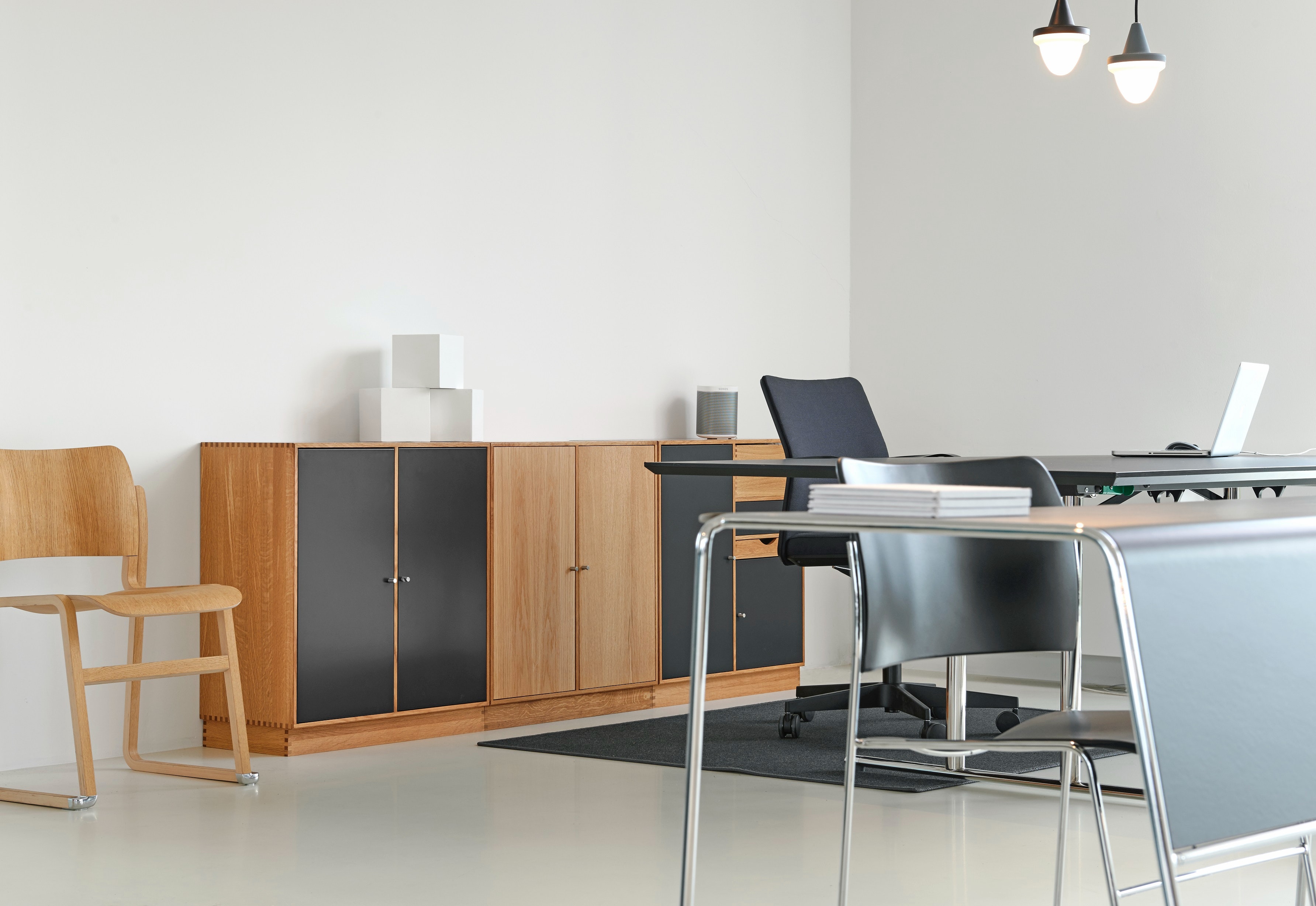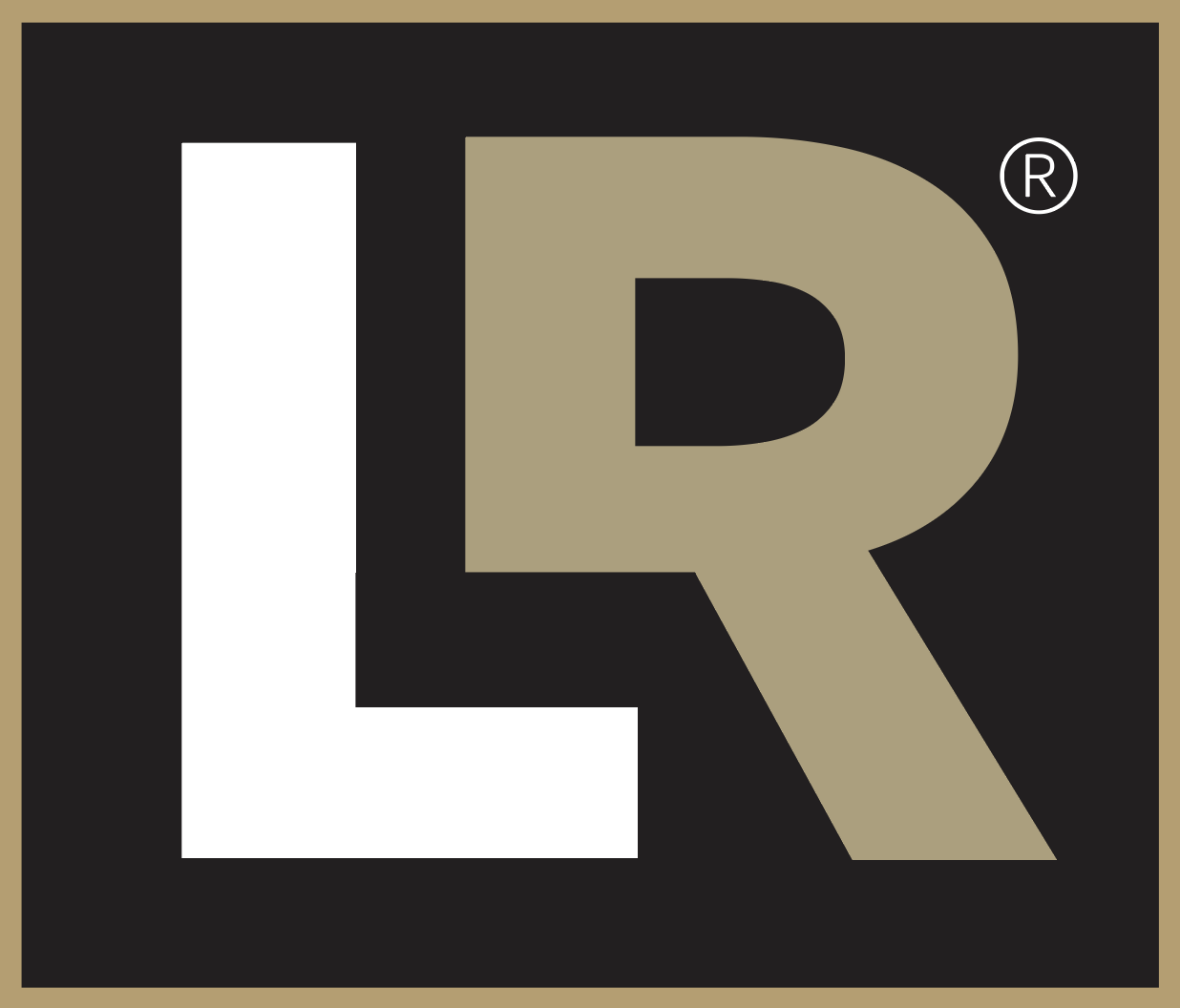Going Remote: How to Create Your Own Flexible Workspace

Going Remote: How to Create Your Own Flexible Workspace
Ideally, a flexible workspace is a space that is able to accommodate all the dynamics that an average work schedule brings, particularly when going remote.There is a lot to do in a day for an average modern remote worker. When working remotely, almost all transactions happen virtually. You want a workspace that can turn to a presentation area, video conferencing space and a project staging area among other diverse needs whenever your schedule demands for it. You should be able to accomplish your tasks without looking for an alternative workspace. In addition, it should offer a quiet working environment, a breakout space, alternative work positions and all the necessary technology to make your work easy, enjoyable and efficient.It might sound like a challenge to create such a space, especially when you have a limited space. However, with a little creativity, it can be done.Here are a few guidelines on how to create a flexible workspace of your own.1. Have a dedicated spaceWhen you are not confined in a 9-5 typical workday in a traditional office, it is easy for personal tasks to get in the way of your work. In addition, if you work from home, you might need to deal with noisy family members, unexpected visitors or a bed calling you back to sleep. Such distractions can easily make your productivity drop significantly.To avoid all these, have a dedicated space where you can set up your workspace. It can be a spare room, the garage, attic, shed, and a corner in the living room or in your bedroom. Wherever the available space dictates that you set your workspace, ensure it is the quietest and less frequented area of the home.2. Quality equipment and toolsAs said earlier, most of your work happens virtually. You will need quality equipment to make this happen efficiently and without a hurdle. For starters, you need an upgraded computer, tablet or laptop to accommodate all your work. You also need high-speed internet or Wi-Fi to ensure you are able to collaborate with the rest of the team members efficiently. You don’t want to experience buffering in the middle of a video conference. In addition, you need quality headphones, microphone, and cameras among other equipment that you need to accomplish your work.For communication and collaboration to happen effectively, you need to have communication tools downloaded. For instance, your team might be using Slack or Zoom for communication, you need these tools in your computer. On the other hand, you also need to send and receive files to and from other team members. To make it easier, you need programs such as zip files. This enables you to send large files efficiently, as well as store large files without taking a lot of space. However, you need to have a zip file opener to be able to open zip files.Ensure that you and your team have agreed on the best tools to use depending on your work dynamics and demands.3. Ergonomic setupOf course, furniture is an integral part of your flexible workspace. However, your furniture choice will determine the level of your productivity by a huge percentage. To start with, working long hours is inevitable in the modern work setup. You will want to meet a deadline that is fast approaching while still making sure that the rest of the projects are started off on time. Even as you work for long hours, you want to make sure that your shoulders, eyes, neck and back are not straining. You don’t want to be dealing with backaches and neck muscles pull when you should be working. That is why you need an ergonomic chair and a table with a good height.
 Man sitting at desk with hands clasped behind his head; image by Jason Strull, via Unsplash.com.
Man sitting at desk with hands clasped behind his head; image by Jason Strull, via Unsplash.com.

About Catherine Cortez
Catherine Cortez is a florist as well as a part-time content writer for different websites. She is young and ambitious and puts a big effort into working with her clients and tries to help them in the best way she can.
